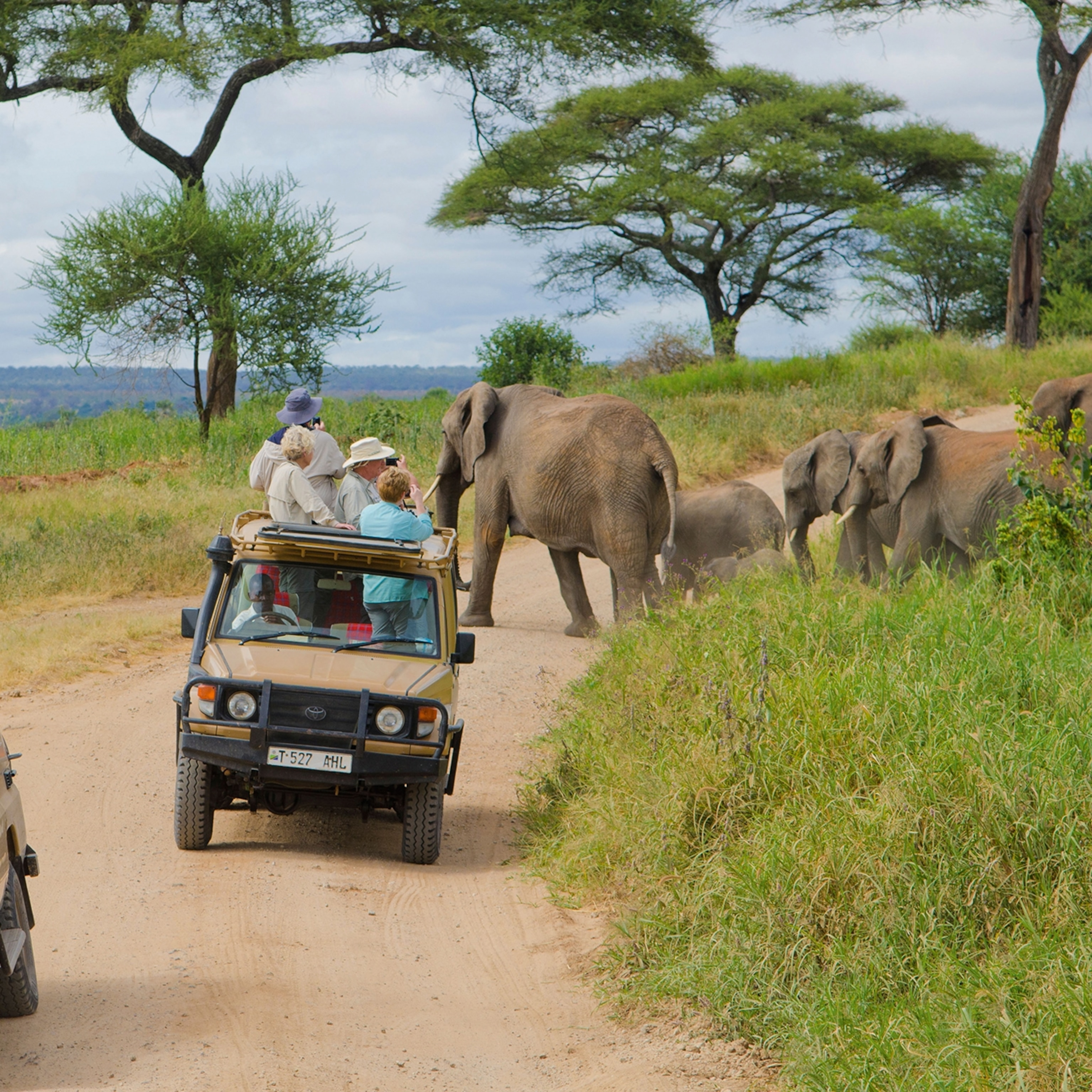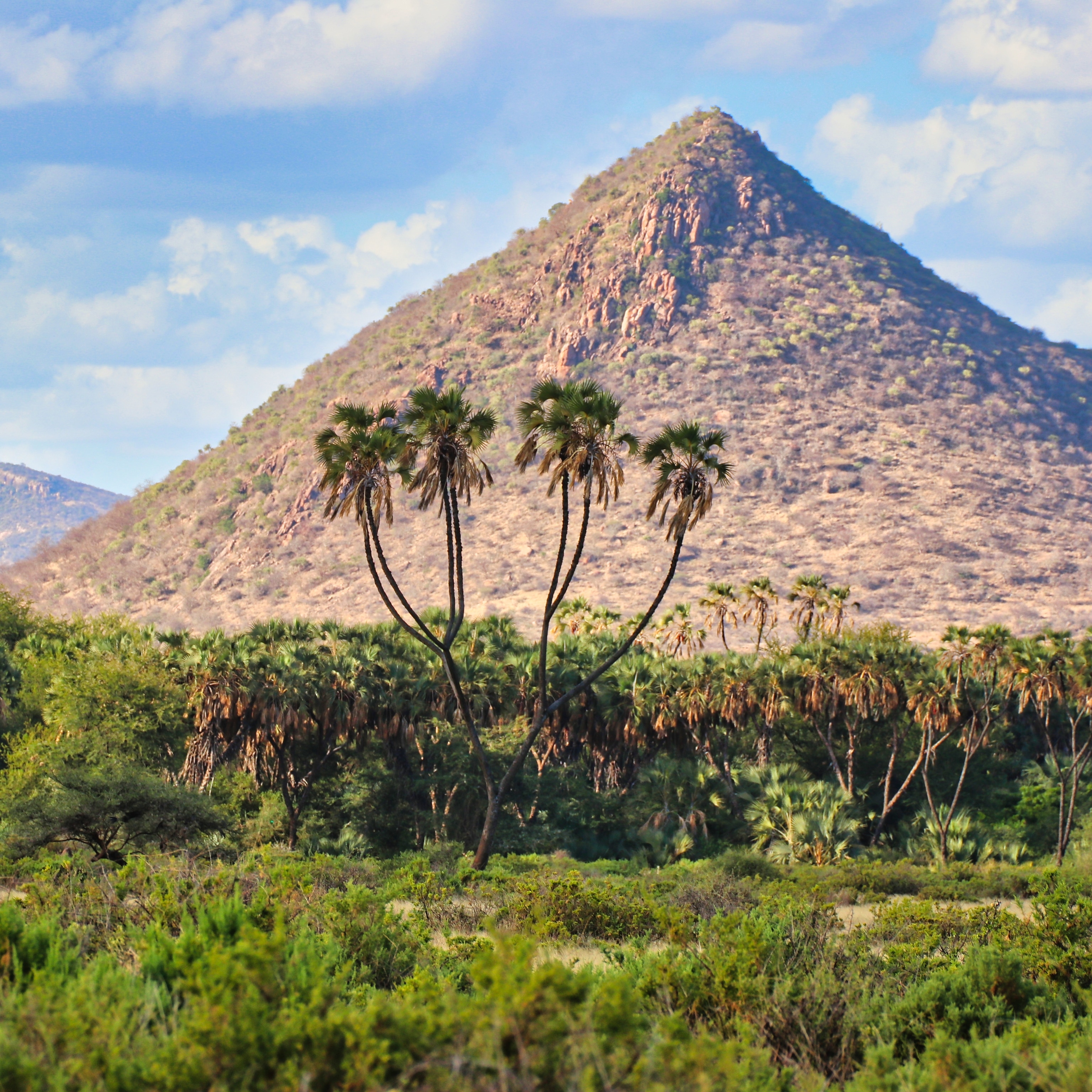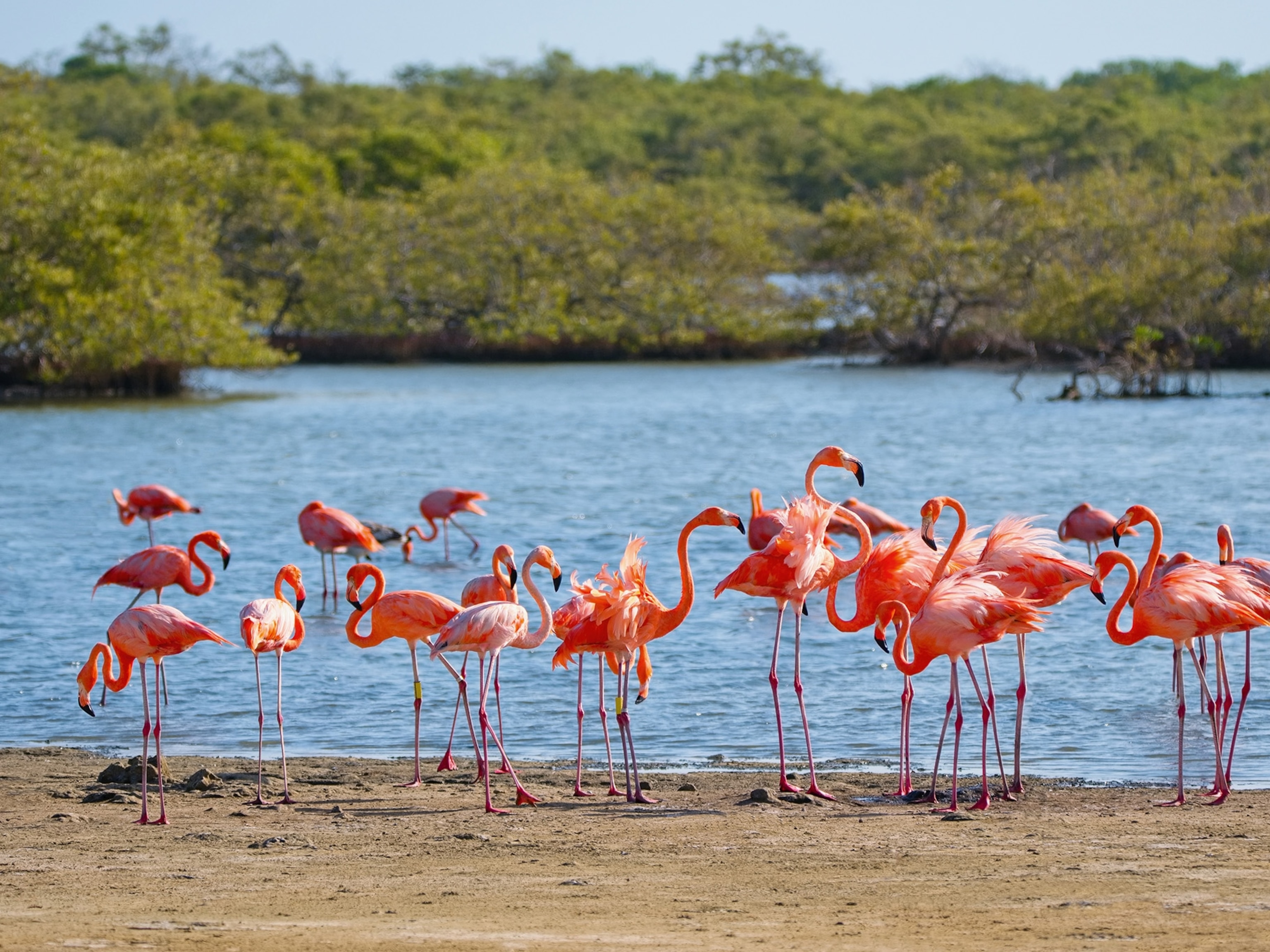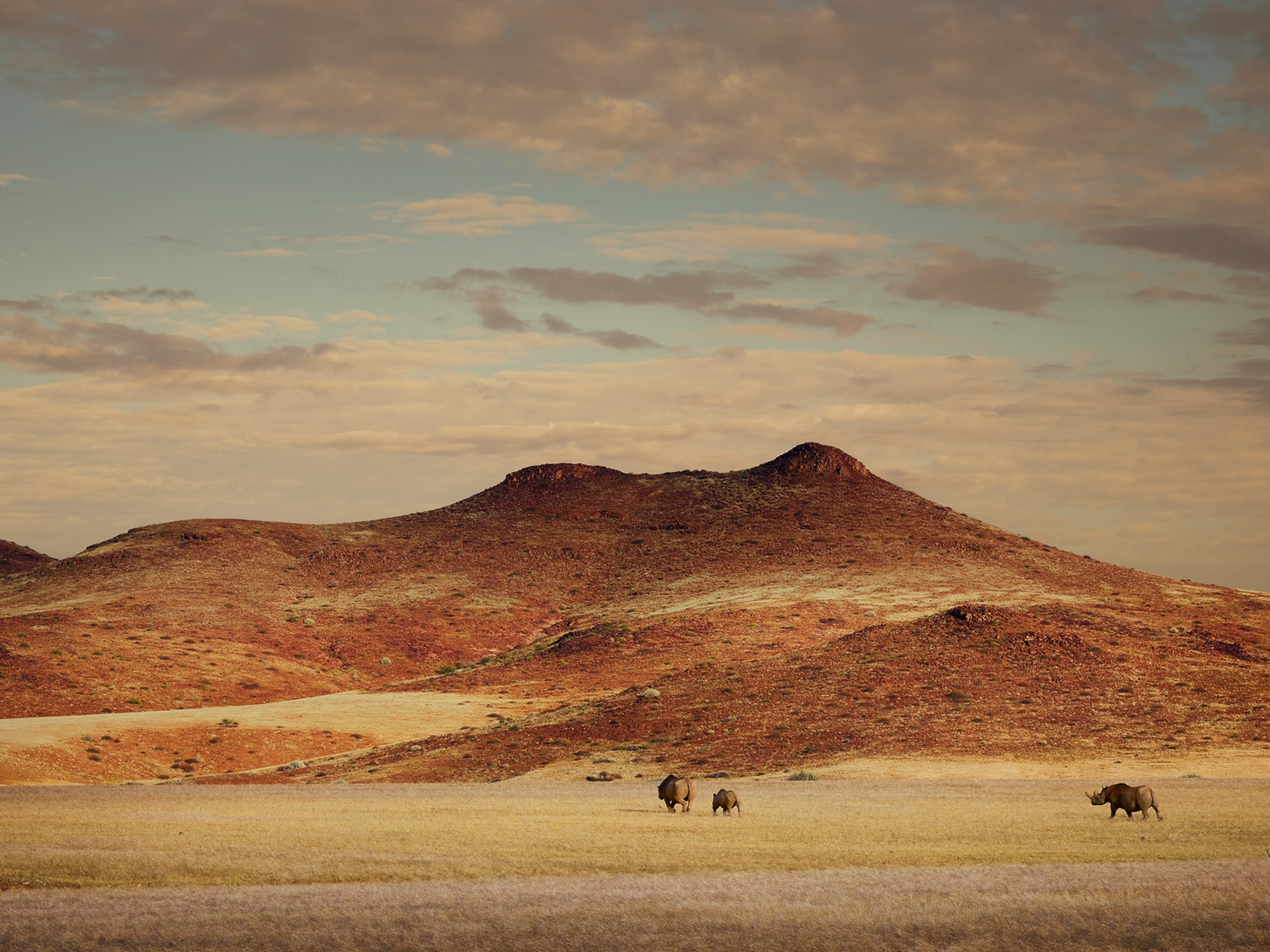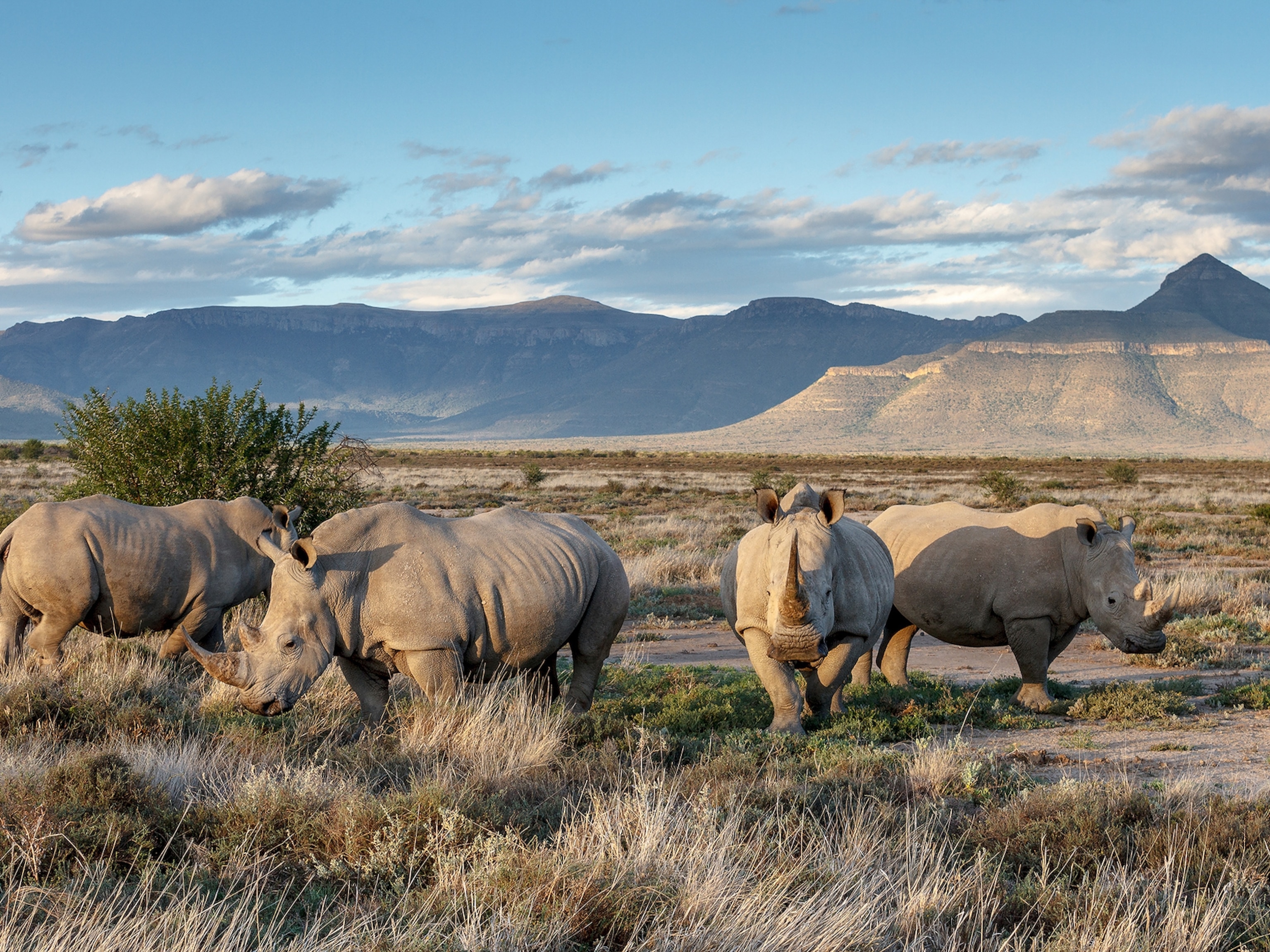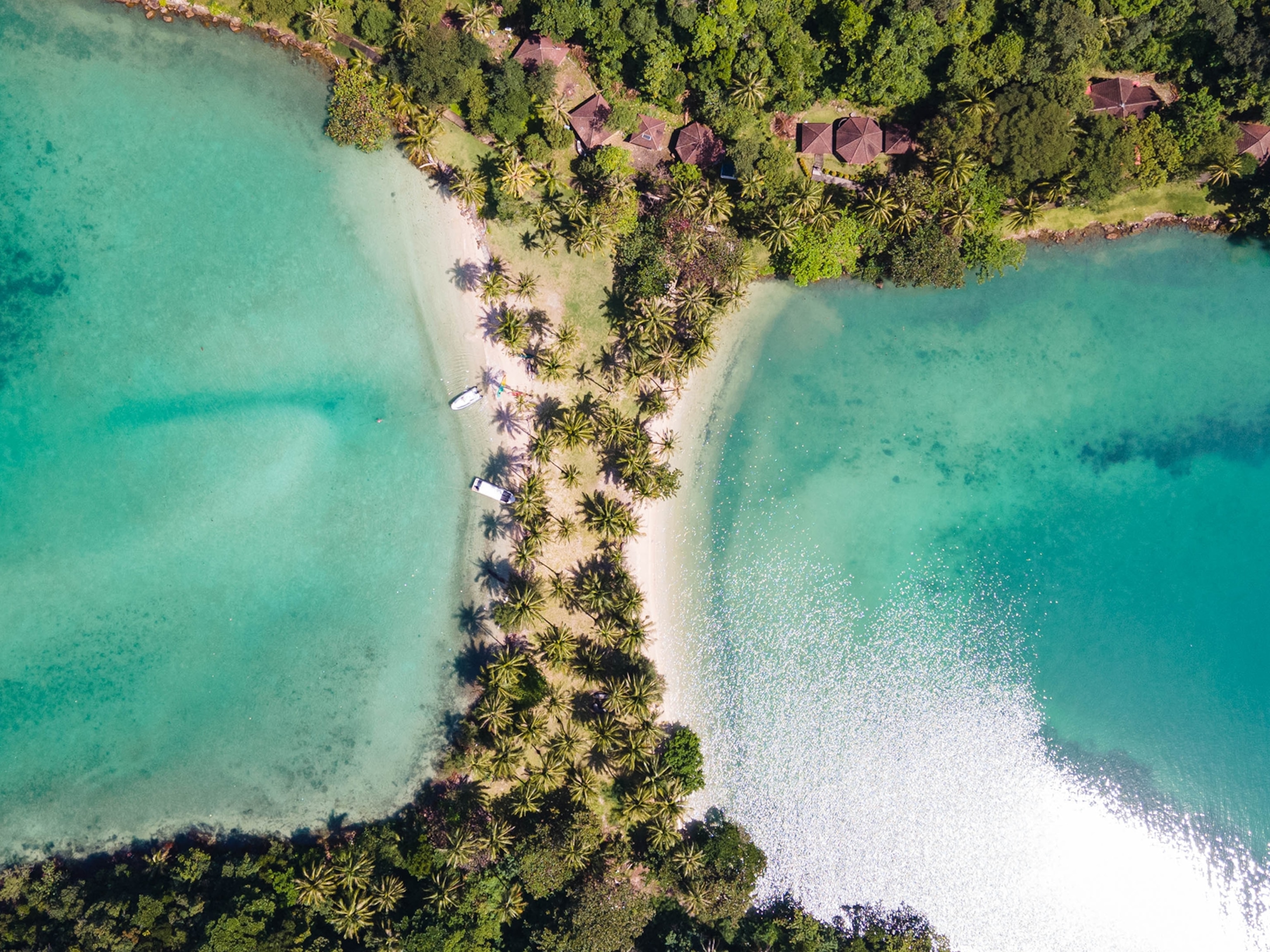
Life in balance: human tales from the wild Galápagos Islands
Living cheek by jowl with rare marine iguanas, blue-footed boobies and giant tortoises comes at a price. Today’s human custodians of Ecuador’s prized ecological realm are finding new ways to adapt to life on the remote Galápagos Islands.
“When we first came to the Galápagos, we were pioneers, adventurers, crazy people,” Alejandra laughs, scanning Santa Cruz Island’s northern shores from the highlands. A volcanic veneer bursts with palo santo, scalesia and guayabillo trees; they tumble towards thorn scrub plains that sigh into the sea. A breeze stirs our morning coffee on the terrace of eco-luxe tented retreat Galapagos Safari Camp, where Alejandra works.
“It was a change of life,” she continues, referring to her arrival from Colombia 30 years ago. “Now people think that because they grew up here they have the right to live exactly the same as on the mainland. But I want this to be different. Living here is a right and a responsibility. It’s not for everybody.”
(Severe Scurvy Struck Christopher Columbus's Crew)
My safari camp guide, Steve, shares the same passion for this remote outpost during a fishing expedition the next morning. “I’ve lived here for basically my whole life. I spent three years in the States because I wanted to see what it was like, but it’s not for me.” Steve may have been raised in the Galápagos, but he sounds like Dan Aykroyd as he shouts over the drone of the Sebastian C boat, which speeds across the northern coast of Santa Cruz. “My parents were from Chicago — the big city!” he bellows. His get-up isn’t helping me understand him: in addition to khakis and a sun hat, a hammerhead shark-print bandana is pulled up under his sunglasses, rendering him featureless.
Straddling the Equator, these oceanic islands bake beneath intense sun. Clouds crowd over the Santa Cruz highlands like a hat, but it’s a suntrap out on the blazing blue sea, where iced ginger tea provides only temporary relief. “They were pioneering types, I guess,” says Steve of his parents. “When they came in the late ’40s, they fell in love with the place, didn’t want to leave, and spent the rest of their lives here,” he adds, pulling on gloves.

As we approach a shoal, our boat slows and claw-like crests ripple away behind. Local fishermen Peter and Tenorio hop down from the upper deck to cast lines into the blue. It’s surreal to be an angler in a place regarded as a wildlife haven, but ironically, in order to save fish, we need to catch them, Steve tells me. “Experiential fishing like this means commercial fishermen take much less and don’t have to depend on selling fish to keep the operation going,” Steve says of the Galápagos National Park responsible tourism initiative.
This ‘experiential fishing’ programme or ‘Pesca Vivencial’ was introduced in 2006, allowing the national park to regulate everything from boat size to quantity of fish caught. The aim is to reduce overfishing and provide commercial fishermen with a more eco-friendly income — a delicate dance of supporting local livelihoods and the unique ecosystem. “Oceans are the Wild West,” continues Steve. “We gotta conserve them — fish stocks are going down worldwide.”
Lines strung out behind, we trawl between a sublime squeeze of ocean and sky. The silhouettes of mating sea turtles slip past, while Galápagos shearwaters float like buoys and sea lions laze, fins thrust into the air. “Looks like they’re sailing,” laughs Steve.
This is meditative business: the boat rocks rhythmically while storm petrels circle above. The silence is broken by Peter chanting, “Fishy, fishy, fishy!” Seconds later, there’s a bite. I grab the pole, slot it into my rod belt, and haul it upwards before desperately reeling, the battle burning my arms. “Es grande!” Peter exclaims, clapping vigorously. “Fifty pounds maybe,” Steve speculates. A sizeable outline materialises momentarily but disappears like a mirage. Seconds later, the line hangs limp — the catch is gone. “What was it?” I ask Steve. “It might have been a shark, unfortunately,” he tells me. “Sharks are protected; they’re an apex predator, and that’s exactly what we need to keep.” This maritime resident is an essential component of a healthy ocean ecosystem and under threat from industrial fishing beyond the waters of this marine reserve.
We head to the distant Daphne Islands to try our luck at bottom fishing. Each year since 1973, renowned evolutionary biologists Peter and Rosemary Grant have visited Daphne Major to study Darwin’s finches. They’ve discovered that today’s populations differ significantly from those four decades ago, proving evolution is occurring much quicker than previously thought. These findings are described in their 2014 book 40 Years of Evolution.
Daphne Major’s jagged cliffs reveal a winged menagerie: red-billed tropicbirds, pelicans, gannets and blue-footed boobies, who stand on natural balconies like soldiers, white guano graffitiing the rocks beneath. “Blue feet means they’re in good condition,” explains Steve. Some of the birds are cooling themselves by hyperventilating, others plunge towards the turquoise depths below, diving like arrows. They can hit the water at speeds of up to 60mph with barely a splash. The cool Antarctic waters swept towards these islands on the Humboldt Current are rich ones, pregnant with plankton, krill and crustaceans, which support thriving seabird populations.

Our fishing poles are swapped for smaller versions as we set our sights on catching bottom-dwelling scorpionfish. “We call them brujo,” says Steve. “When you catch one, their eyes pop out due to the change in pressure.” I soon get a bite — the pole jumps, and this time it’s easy to reel up. I wince as the fish surfaces, waiting for the eye-pop, but Steve confirms it’s a flag cabrilla (eyes intact). “Cabrilla are always next to the bottom, often under rocks. They’re shy.”
The cabrilla’s bold flavour stands in stark contrast to its demeanour when cooked that night at the tented camp. It’s seared with fresh garlic, onion and basil. As I consider our single catch from the day, it seems this responsible tourism initiative signifies a promising shift towards protecting Ecuador’s Wild West.
Against the rules
“I came to the Galápagos on a cargo ship,” says Adriano, owner of organic farm El Trapiche. “It took four or five days. Once a ship was gone, you were here for a while — there was one every three to four months then.” In Santa Cruz’s misty agricultural highlands, Adriano produces organic cane liquor, unrefined sugar, raw chocolate and wild coffee.
“There were a few small houses here in 1966 and two small stores,” he continues. “Back home, I had bananas, coffee, rice, water, everything. But here, nothing.” He had to stop himself from crying, he explains with a hearty laugh, as we stroll around the farm’s collection of coffee-making contraptions — a rustic roaster, a hollowed-out section of a guayabillo trunk for mashing, a winnowing wand. I try toasted coffee beans sprinkled with cacao, before Adriano, whose name is embroidered across the front of his panama hat, takes me towards a distillation area where a long wooden box angrily fizzes with fermenting sugarcane juice. Nearby is a homemade still, constructed crudely from barrels, pipes and smoothed-down tree trunks. Adriano throws some of the 60% proof spirit onto an open flame, which erupts. “Aguardiente!” he shrieks — firewater! “If you throw commercial stuff on the fire, it puts it out,” says Steve.
I forgo the firewater in favour of a cup of medium-roast Galápagos Wild Coffee, while Adriano explains why he stayed on this isolated island. “I didn’t go back [to the mainland] because I’d earn much less money,” he says. Steve nods, jumping in: “There was no competition for jobs here. Galápagos was really a paradise because you could work and live very well on it. It was a much easier, more relaxed lifestyle — you weren’t in a hurry, there were so few people, everybody knew each other. It was beautiful.”

Boulder-size Galápagos giant tortoises line the road as we leave. “There are around 35,000 tortoises in the Galápagos now,” Steve explains. “Before humans, there were maybe 250,000, so there’s a little more than a tenth left.” It’s a worrying figure, given this is one of the last places they’re found on earth.
“Whalers and pirates would take them on board the ship, stack them like cans, upside down, and they’d go to sleep,” says Steve. “They live for a year or more without food or water. It’s an ideal way to store food. Sailors wanted fresh meat — they were suffering from scurvy. They had pretty tough lives in those days.”
The consumption of these reptiles is one of the reasons Darwin didn’t discover any on Floreana Island when he arrived in 1835 (although, when he found them on other islands, he too became partial to the exotic meat). However, the outlook for the endemic animal is improving, thanks to a joint initiative by the Galápagos National Park and the Charles Darwin Research Station, which celebrates its 60th anniversary this year.
The research station isn’t just the domain of scientists — visitors can learn about conservation initiatives and visit the breeding centre’s young giant tortoises. “The captive breeding programme has been quite successful,” Steve explains. It began in 1964, with a goal to recover populations across the islands. I’m told over 5,000 tortoises have successfully been repatriated so far.
Curling around Academy Bay from the Charles Darwin Research Station to the port is Puerto Ayora, Santa Cruz’s largest town. The main road is peppered with boutiques, restaurants and even the island’s first microbrewery. By day, sea lions and pelicans keep watch over the popular fish market; by night, locals crowd into San Francisco Park to watch a game of ecuavoley, Ecuador’s variant of volleyball.
But I’m heading to Puerto Ayora to learn more about Santa Cruz coffee. As we drive, Steve tells me Adriano was one of the first islanders to grow the crop. “A lot of people have started in the past five or 10 years,” he says. “Nobody was paying attention to coffee because it’s labour intensive.” But demand for this high-quality cuppa has grown, meaning more farmers are cultivating it.
At 1835 Coffee Lab, the fruits of this hard work are showcased. The small, open-fronted cafe is dotted with stools and hung with blackboards illustrating the coffee-making process. It sells everything from cold brew to mojito espresso cocktails. Behind the barista, shelves are stocked like a scientist’s lab with brewing paraphernalia — syphons, Chemex glasses, French press, drips. The cafe sells only Ecuadorian coffee, but “Galápagos is our star”, beams Cynthia, who owns the cafe with her husband, Gino. Having grown up on the mainland, in Guayaquil, she’s been here for nearly 20 years, making her a bona fide local.

I order an Aeropress-brewed coffee, made using beans from this island — a short journey from farm to cup. “We roast Galápagos coffee here because we buy it green from the farmers directly,” Cynthia explains. “We buy other Ecuadorian coffee roasted because bringing green coffee to the islands is forbidden.”
My black brew is rich and robust; a smooth sip with caramel hints. “Producing coffee here is hard,” Cynthia admits when she notices my surprise at the quality. “It goes against the coffee-making rules because we don’t have a source of natural water. The microclimates make it possible. It’s very costly, but it’s known by its exotic quality, and that’s why people have enthusiasm to produce it."
Jurassic Park
Arms of porous black lava creep into the sea. Blending into their surface is a prehistoric pile of spiky spines, claws and twisted tails. Five heads emerge from the water that fringes Fernandina Island to join the other marine iguanas, numbering at least 100. “This is Jurassic Park,” laughs Edison, a Galápagos native and my guide on a four-night cruise of the archipelago’s western islands. Having left civilisation on the Santa Cruz II cruise ship last night, I’ve now reached a much wilder side of the Galápagos.
I watch as the marine iguanas — the only lizard in the world adapted to a marine environment — spurt fountains of saltwater through glands near their noses. “It’s every couple of minutes,” Edison says. The iguanas do this to expel the salt they ingest while feeding on marine algae. “They can easily stay underwater one hour, swimming with their flat tails, like a paddle.”
Beyond the lava — dotted with clumps of cactuses — is a beach peppered with shades of pink. Its punchy colour comes from broken bits of black sea urchin, bleached by the sun. Wolf Volcano looms beyond, its soup-bowl peak shrouded in sheets of cloud. Two flightless cormorants, eyes glittering gemstone-blue, balance with defunct wings, hopping towards a sleepy sea lion and playfully jumping at Sally Lightfoot crabs, which scutter away — pops of red on black rock. And above, silhouetted against a big blue dome of sky, is a Galápagos hawk.
As I walk along Punta Espinoza — a narrow ledge of lava and sand — a pelican gracefully lands near a sea lion nursing her pup on the shore. “Sea lions are everywhere around the world, but the only place you can see them face-to-face is in the Galápagos,” remarks Edison. With few predators, most of the wildlife here has evolved to be tame.

Off the coast of Floreana Island the next morning, I find a nursery of sea lion pups, which playfully pirouette and nibble the rope trailing behind my kayak. “When they’re babies, they play with everything in the water,” smiles Edison.
This Edenic island also flaunts its bird biodiversity. An orange-beaked American oystercatcher lands on the sandy beach; male frigatebirds — whose distinctive red throat pouches only balloon in breeding season — soar over a clump of mangroves; and a boobie dive-bombs the water, flashing its blue feet.
I’m at Post Office Bay, named after the postal system homesick whalers established here over 300 years ago. “During the 17th and 18th centuries, a thousand ships were anchored in the Galápagos,” Edison tells me. “When one sailed to Europe or America, they took postcards to the families waiting over there.”
In a clearing beyond the shore is a painted ‘Post Office Box’ sign, with animal skeletons placed beneath, and a weary wooden barrel elevated on a pole, chipped and rusting with age. Thousands of postcards still pass through this austere relic. “The idea is to hand-deliver them,” says Edison. I flick through the pile, finding one addressed to the West Midlands. A cruise ship guest takes it. “Sure, it’s only an hour from my house,” he says with a shrug.
That afternoon, we hike along the island’s northern shore towards Punta Cormorant. Skeleton-like palo santo trees are sprinkled with leaves; they rise over dusty hillsides like the bristles of a beard. Ghost crab holes polka-dot the sand, which is tinged green by olivine crystals. Strolling over cracked earth, we reach a brackish-water lagoon, pink with greater flamingos: there are salmon-shaded juveniles, while nesting adults resemble blushing swirls of candy floss.
We crest a hill, finding a yellow warbler and Galápagos flycatcher hopping on branches. Below, a powdery beach stretches between two hills, humbled by a huge waxing moon. Bubble-shaped jellyfish trailing blue tentacles like spilt ink litter the beach, while herons patrol the shores, searching for a dinner of baby sea turtles.
Looking closer, I realise it’s not just jellyfish beneath my feet — the sand is strewn with plastic: straws, bottle tops, cable ties. Fighting the rising tide of pollution, these islands introduced restrictions last summer, banning plastic straws, single-use bags and polythene containers. This February, nonreusable plastic bottles were added to the growing list. It’s hoped the measures will help to protect wildlife from the devastating impact of plastic, ranging from entanglement to ingestion.
Although civilisation is nowhere to be seen, its effects reach even the most remote corners of these islands. As I help guides pick up the pieces, it’s at least a little reassuring that passionate locals and recent measures are striving to protect this unique ecosystem. “We have to learn to coexist with our planet — not destroy it, not trash it, not plastify it, just because we can,” Steve had put it. “It’s fragile.”
Getting there & around
British Airways, Virgin Atlantic and Avianca, among others, fly to Quito indirectly. LATAM Airlines, Avianca and Tame offer flights from Quito to Baltra and San Cristóbal in the Galápagos.
Average flight time: 20h. All visitors must pay a $100 (£78) entry fee on arrival.
Santa Cruz, San Cristóbal, Isabela and Floreana Islands are inhabited — travel between them on ferries. Other islands and most sites can only be visited on an official tour.
When to go
Set on the equator, the sun can be fierce. Rainy season (December-May) sees temperatures in the high 20Cs. June-December (peak season) is dry, with temperatures in the low 20Cs.
Places mentioned
Charles Darwin Research Station
More information
Ecuador & the Galápagos Islands (Lonely Planet). RRP: £19.99.
Where to stay
How to do it
Jacada Travel offers 10 nights in Ecuador and the Galápagos from $12,400 (£10,029) per person including two nights’ B&B at Casa Gangotena in Quito, two nights’ full-board at Galapagos Safari Camp, two nights’ half-board at Finch Bay Galapagos Hotel and four nights’ full-board on the Santa Cruz II. Includes return Galápagos flights from Quito.
Published in the December 2019 issue of National Geographic Traveller (UK)
Find us on social media
Facebook | Instagram | Twitter
